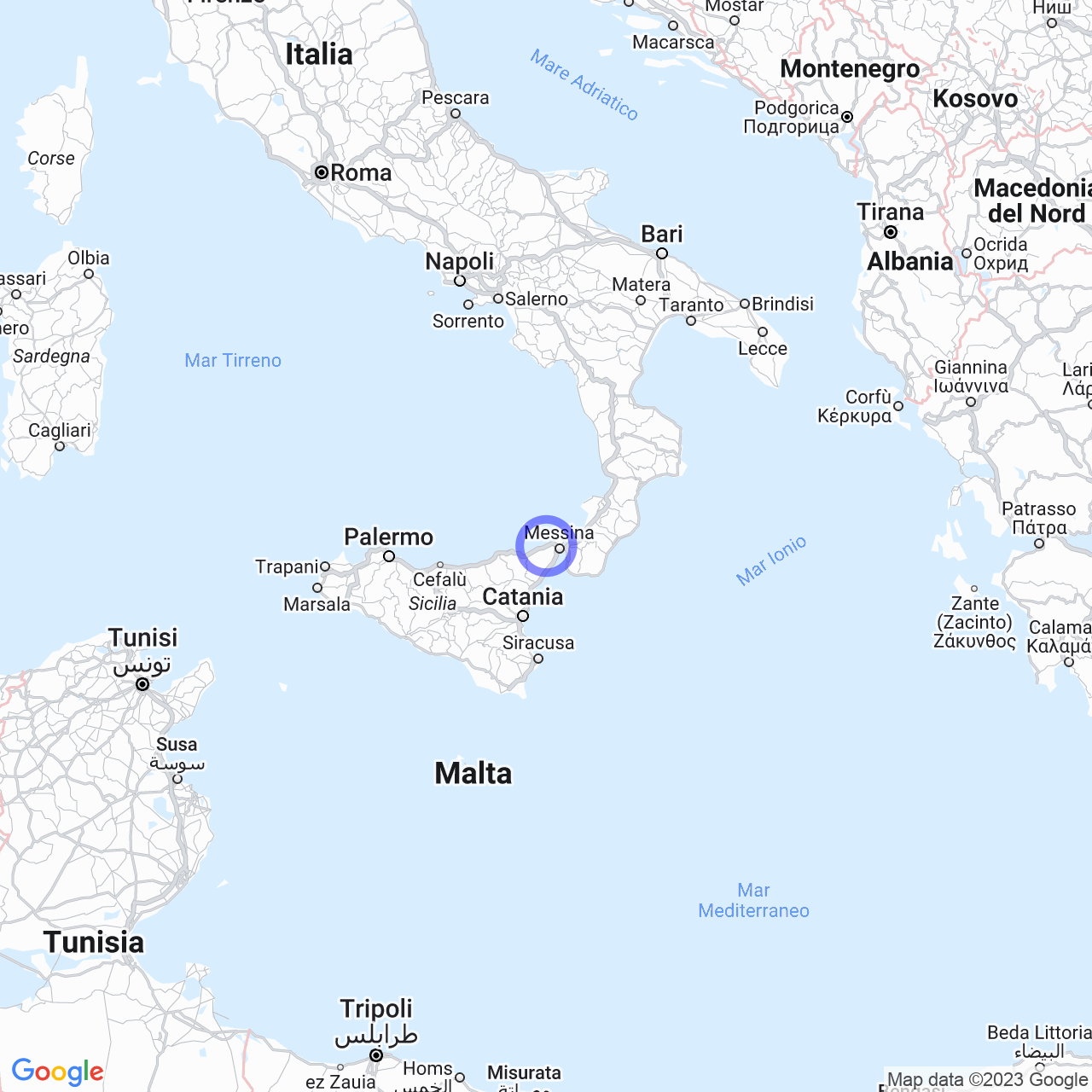Spadafora
Spadafora: a journey through Sicilian history
Spadafora is a small town located in the metropolitan city of Messina, Sicily. Its name comes from the family that conquered it in 1459, but its origins date back to ancient times when agriculture was the main activity of the area. Over time, Spadafora's vocation became more and more maritime, and the town's beach was also frequented by the Phoenicians, thanks to its strategic geographical position.
Influences in the History of Spadafora
During the Greek period, Spadafora became a large Sicilic center, very close to Imera, an important center of culture and commerce founded by the Greeks. With the arrival of the Romans, the vast wheat plantations disappeared and the area became almost deserted, while in the Byzantine era it was a long phase of peace.
But the most prosperous period for the territory of Spadafora was undoubtedly the Arab period: the Arabs valued the countryside by building aqueducts that irrigated the cultivated fields, and the city became an important center of Arabic merchandise import. With the Norman domination, Spadafora became the inhabited center of a barony and later elevated to a principality under the Spadafora princes, who also gave their name to the town. Furthermore, during the Swabian domination, Spadafora maintained its characteristics, and decline arrived during the Angevin period.

The Contribution of Spadafora to the History of Sicily
Despite periods of decline, Spadafora managed to maintain its historical importance. During the fight against the French, it sent numerous volunteers to defend Messina. In 1783, after the earthquake of Messina, groups of Spadaforians arrived by sea to bring aid to the Sicilian capital. In 1848, Spadafora also participated in the fight for liberation from Bourbon occupation.
The Birth of the City of Spadafora
In 1817, Spadafora obtained the transfer of the municipal seat, and the municipality was renamed "Spadafora San Martino." The first registry of the civil status of the municipality dates back to that year. After the prince moved to Palermo, the vast territory of Spadafora was entrusted to the gabelloti, with negative consequences for agriculture and social life.
Today, Spadafora is a peaceful seaside village, famous for its beaches and traditions. It represents the history of Sicily, and its cultural heritage is still visible in its ancient streets and monuments. If you are looking for authenticity and history, Spadafora is the right place for you!
